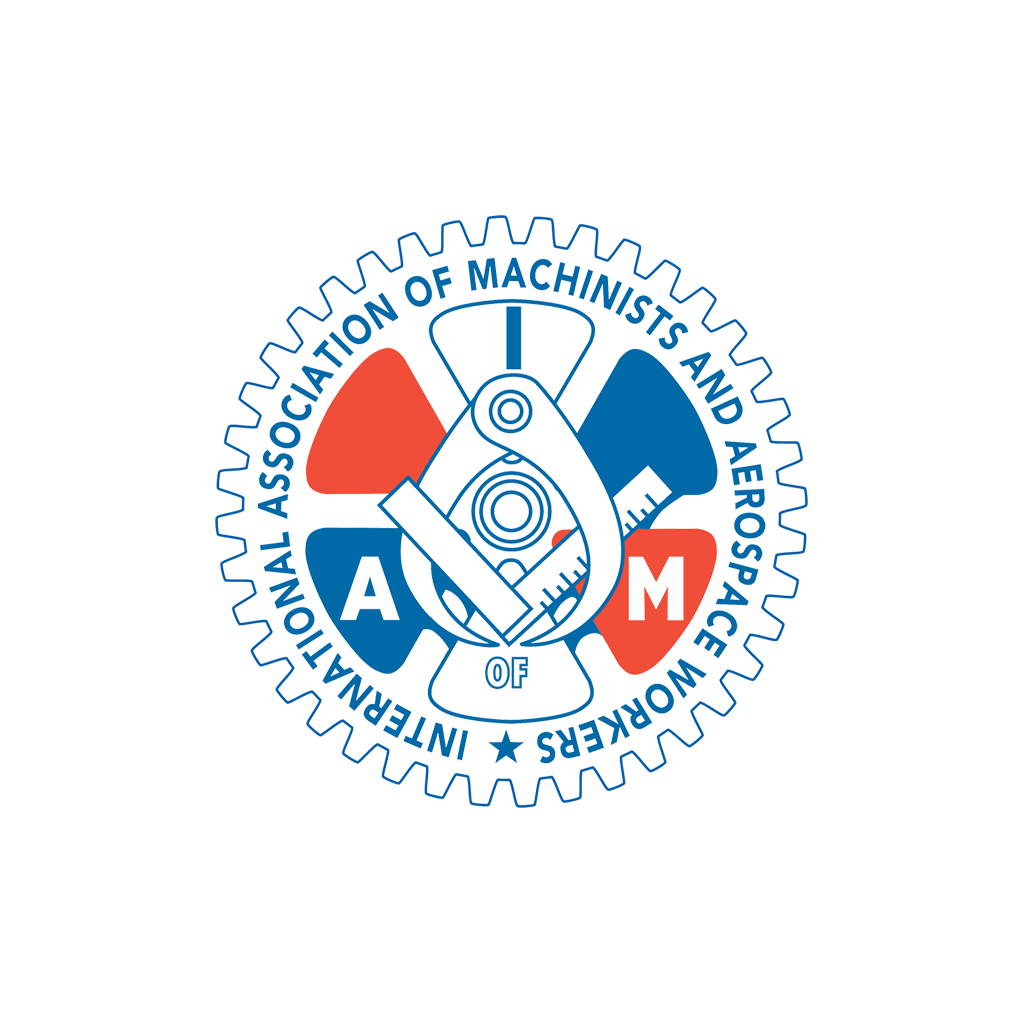Time Is Running Out to Support the Aerospace Industry – Alarm Bells Getting Louder
Canada has been a leader in aerospace for decades; we are renowned for our contribution and expertise in maintenance and repair overhaul, research and development, and perhaps most notably, the Canadarm of the Space Shuttle, Dextre of the International Space Shuttle, and state of the art satellite communication platforms. Stan Pickthall, the General Vice President of IAMAW Canada stressed that, “The aerospace industry is part of our international business profile; it’s an industry that has sustained our economy and our communities.” Over the years, however, the competitive advantages Canada has nurtured have been neglected, gradually leading the Canadian aerospace industry to lag behind its competitors.
Seeing the impact of the pandemic in Quebec, which has the largest and most dense aerospace cluster in Canada, and third largest in the world, David Chartrand, the Quebec Coordinator for IAMAW, remarked that, “while it is irrefutable that the pandemic has impacted the industry rather harshly, our competitors are taking the time, and seeing the opportunity to develop a strategy that will help their national industries thrive when the pandemic ends.” Chartrand added that, “the Canadian government is surprisingly quiet, and despite momentum on addressing the needs of this industry from a national perspective, things have come to a halt.”
The IAMAW released an aerospace report in 2019 with a number of recommendations for the federal and provincial governments, which would support continued growth and competitiveness of the industry. Political leaders of all stripes were supportive of our recommendations, particularly, as both the IAMAW and industry associations, such as the AIAC (Aerospace Industries Association of Canada) were united in a future vision for the industry. The NDP and Bloc Quebecois both included an aerospace strategy as part of their platform, and the issues facing this key national industry were front and centre of the political agenda. The conversation was reinvigorated and it seemed a renewed conversation was taking place.
Mr. Jean Charest, the spokesperson for the AIAC, who has worked to address the needs of the aerospace industry, pointed out that, “other nations are, as we speak, actively soliciting Canadian firms to shut down and move to their jurisdictions. If we fail to keep up with our competitor countries, our industry’s $25 billion annual GDP contribution will be gutted and Canada will no longer be in a position to attract and keep highly trained skilled workers. This represents 215,000 skilled, well-paying jobs across the country that support more than 500 small businesses,” and employ many IAMAW members.
The IAMAW poses the same question as Mr. Charest asked in his letter, “Do we want to keep our aerospace industry in this country or not?” If so, now is the ideal time to set a strategic plan that involves looking at the future direction of the aerospace industry, and ensuring Canada continues to be a global competitor.
Here is the full list of the IAMAW’s recommendations:
Core Recommendations
Guiding Policy Principles–4 Principles
- Investments in R&D, particularly in defence
- Obligate companies to keep jobs in Canada, particularly those that are recipients of tax credits, tax breaks and tax incentives
- Targeted support for small to medium enterprises (SMEs)
- Take necessary steps to maintain Canada’s competitiveness in the industry
Sectoral Policy as Developed by the Federal Government–5 elements
- Address sectoral fragmentation
- Increase space budgets to comparable levels of other G7 countries
- Make strategic purchases of military aircraft
- Address labour shortages in the industry
- Invest in training and education of trades people in the industry by providing adequate funding through transfer agreements to provinces
IAMAW RECOMMENDATIONS
1 Research and Development
i) Increase investment in R&D, with a particular focus on defence
ii) Government should provide direct funding for R&D and move away from indirect forms of support such as tax credits and incentives
iii) Recipients of tax breaks, subsidies and tax incentives should be formally obligated to keep jobs in Canada
iv) Provide targeted support for small to medium enterprises who perform the majority of work for the industry
v) Establish an innovation fund for the aerospace industry, similar to that of the Automotive Innovation Fund
2 A National Labour Strategy
i) Work with provincial governments to ensure training programs are in place to train new workers who are job-ready
ii) Develop a recruitment strategy that targets youth, women and Indigenous people
iii) Ensure jobs remain unionized, meaning they are highly paid, stable, and safe as it’s a critical component of recruiting
iv) Facilitate collaboration between industry, labour, government and training institutions to develop a recruitment strategy
3 Training and Education
i) Earmark monies in transfer agreements for training programs in aerospace to enable institutions to provide adequate training using up to date equipment and make graduates job ready
ii) Establish requirements that qualify provinces to receive additional funds for education and training in skilled trades
4 Components of a Sectoral Policy
i) Increased investment in military R&D
ii) Strategic purchases of military aircraft
iii) Cluster policy development to address fragmentation of the aerospace sector
iv) A national labour market strategy to address skilled labour shortages
v) Increase to space budgets comparable to other G7 countries
vi) Support for SMEs through ensuring a certain number of contracts are available for them
———————-
This article was originally posted on the IAM Canada website. View the original post here: Time Is Running Out to Support the Aerospace Industry – Alarm Bells Getting Louder
